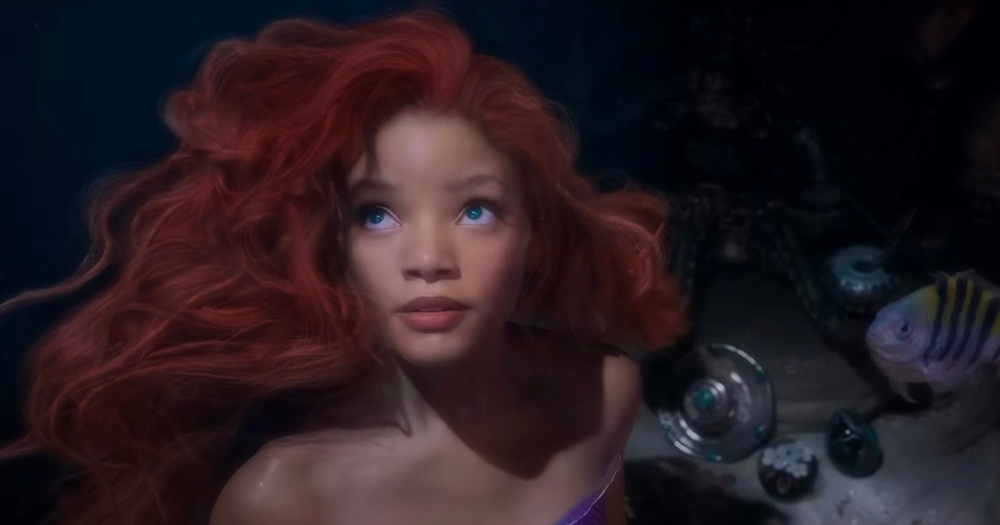The first trailer of the soon-to-come live-action adaptation of Disney’s The Little Mermaid has ignited many discussions. Mostly the debate revolves around the differences between the cartoon and its new interpretation, but what most people don’t know is that the original literary fairytale by Hans Christian Andersen is not only darker but also a lot queerer than the later versions it inspired.
In the first version, published in 1837, the Little Mermaid does not only give up her voice to be able to walk on land, but her every step is said to hurt.
While Walt Disney’s Ariel eventually marries her prince, Andersen’s Little Mermaid has to watch as the one she loves marries another. Her sisters strike a deal with a sorceress, which allows the Little Mermaid to return home if she kills the prince. She rather chooses to die and dissolve into sea foam, giving up the last chance to return home.
The fairytale was written as a letter to Andersen’s close friend Edvard Collin, with whom he reportedly was in love, after Edvard announced his marriage to a woman. It becomes clear that the Little Mermaid goes through the same emotional journey as her author – watching on as the one she loves marries someone else while experiencing rejection and deep emotional despair.
Although Andersen’s sexuality was never made public, he wrote love letters to both men and women. In his letters to Edvard Collin, he describes his attraction to him, saying, “I long for you as though you were a beautiful Calabrian girl” and “my sentiments for you are those of a woman.” Edvard would later recall in his memoir: “I found myself unable to respond to this love, and this caused the author much suffering.”
Fun Fact: Hans Christian Andersen wrote The Little Mermaid at the same time a man he was in love with became engaged to a woman, and he was overcome with sorrow.
The whole thing is 100 percent queer allegory.
— Brianna Wu (@BriannaWu) September 14, 2022
Andersen also spoke of a few romances with men in his diary, one example being his relationship with Karl Alexander, Duke of Saxe-Weimar-Eisenach. The author describes feeling like he landed in one of his fairytales as the Duke “walked arm in arm” with him, kissed him lovingly and asked him “always to love him though he was just an ordinary person”.
The Little Mermaid feels alone while living in the ocean and she feels alone living as a human. Forever trying to connect with the world around her, she still stays disconnected. It can be argued that Andersen, too, must have felt like he didn’t belong in the world he lived in. The fairytale manages to express the author’s frustrations and desires in a time when queerness was condemned, and through reimagination, the story still manages to resonate with audiences today.
© 2023 GCN (Gay Community News). All rights reserved.
Support GCN
GCN is a free, vital resource for Ireland’s LGBTQ+ community since 1988.
GCN is a trading name of National LGBT Federation CLG, a registered charity - Charity Number: 20034580.
GCN relies on the generous support of the community and allies to sustain the crucial work that we do. Producing GCN is costly, and, in an industry which has been hugely impacted by rising costs, we need your support to help sustain and grow this vital resource.
Supporting GCN for as little as €1.99 per month will help us continue our work as Ireland’s free, independent LGBTQ+ media.

comments. Please sign in to comment.